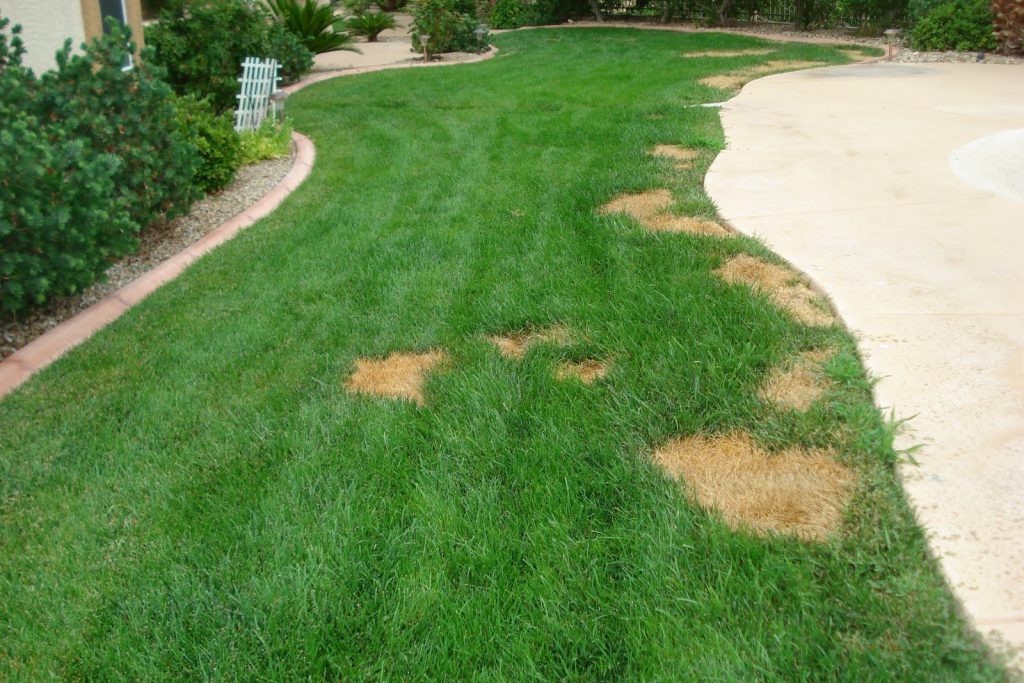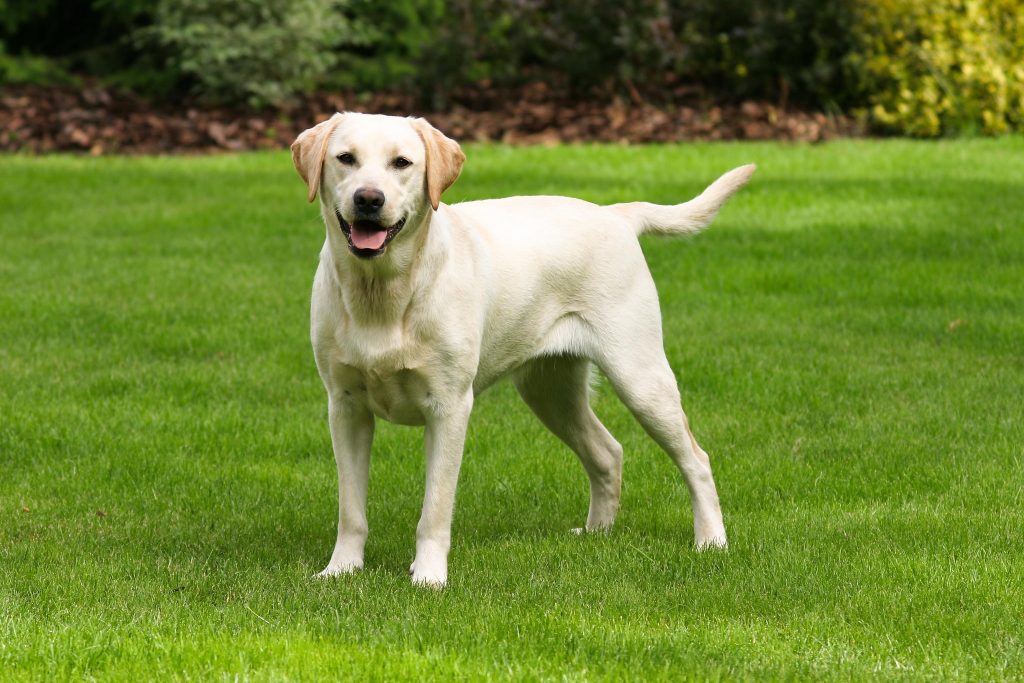How to repair your lawn
You’ve put a lot of effort into your lawn, but it doesn’t look as good as it should. Before you become disheartened, look at this checklist to see if there’s something else ...

The problem of lawn burn caused by dog’s urine is a common one.
Lawn burn occurs when a dog urinates on the lawn, resulting in a brown patch developing that may damage the affected lawn area temporarily or even kill it. The results of which can come down to several factors, including the health and species of the lawn, and the strength and amount of the urine.

Nitrogen in the urine is responsible for burning the lawn.
Because dogs are carnivores, they require large amounts of protein in their diets compared to other animals, when the protein is passed through the body, it can be converted into nitrogen by the kidneys, which exits the body in the form of urine and faeces.
While nitrogen is essential to lawn health, when it is applied in such concentrations, it simply burns the lawn.

This is a commonly passed around anecdote, and it is true, but not because of a chemical difference between males and females that can increase the toxicity of the urine.
The male dog usually only urinates in small amounts, by lifting its leg for the purpose of marking territory, often on a variety of plants and other items such as fences, trees, shrubs and more.
Because only a small amount of urine is released in a variety of places, and rarely on the lawn, the damage caused is often nil to minimal unless the same plant is regularly visited.
In contrast, the female usually squats in a convenient location, often on the lawn, and releases its entire amount of urine at once. Lawn burn is caused by the large volume of urine being released at a single time, in a single spot.
Large dogs will cause more lawn damage than a smaller dog will, simply because their larger size releases a greater volume of urine in any one sitting. Whereas the damage from a smaller dog can often be unnoticeable.
Both big and small dogs cause problems.
There are a number of home remedies that circulate about how to fix the problem, often these involve adding or removing certain elements from the dog’s diet. These factors will not be mentioned here, because adding detrimental elements or removing essential elements from your dog’s diet may cause serious health problems.
Always consult a Veterinarian before removing your dog from a proper balanced diet.
Having said that, some healthy and sensible modifications can be added to your dog’s diet. Adding cooked vegetables and rice to meals can be beneficial.

Most dogs simply get too much protein for what they require, without the required active lifestyle to use up these protein levels, the kidneys simply convert the excess to nitrogen.
The other problem with protein is the type of protein they receive.
The poorer proteins are often found in supermarket pet food, and can’t be processed or used by the dog effectively. Whereas the higher quality pet foods often found at the Vets, contain a better quality of protein that the dog’s body can use, as well as being lower in its protein levels, most suited to modern pet dogs.
These two factors combine to reduce wasted protein being converted to nitrogen by your dog’s kidneys. Better health for your dog, and better health for your lawn.
Exercising your dog will also burn more protein, thus reducing nitrogen conversion.
Always ensure dogs have a readily available supply of clean water at all times, this will also aid in diluting the nitrogen being released, as well as providing proper care for your dog.
After the dog has released its urine onto the lawn, a quick watering with the hose can also dilute the nitrogen, and lessen or remove any burning.
All in all, if we choose to have dogs, we will have these problems, although we can lessen the impact with a few wise and easy measures in both dog care and lawn care.
.